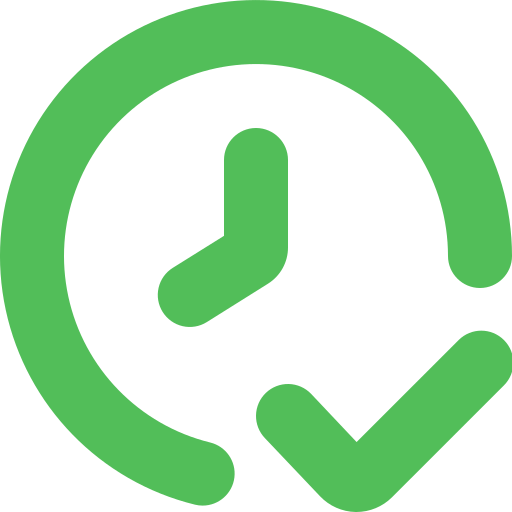Please describe your proposed solution.
<u>Problem</u>
In the current blockchain landscape, Cardano native tokens are burdened by exorbitant listing fees on centralized exchanges. For top-tier exchange listings, fees for a single project can exceed $200,000 US dollars (excluding market making costs). This not only stifles the growth of the Cardano ecosystem as it sucks out liquidity from project funds, but also results in the concentration of value held by centralized entities; contrary to the decentralized ethos of blockchain. The need for a solution that circumvents these financial burdens on many Cardano projects and instead fosters ecosystem expansion and access to liquidity is evident.
Additionally, the vision of a cross-chain future, where communities collaborate and benefit from diverse ecosystem tools, is hindered by these financial and structural limitations. The past year has seen over $2 billion USD in cryptocurrency stolen from cross-chain bridges due to centralization risks and poor design, as reported by Chainalysis. This highlights the critical need for a secure and decentralized approach to cross-chain interactions.
<u>Solution</u>
Addressing these challenges, the Rosen Bridge presents a groundbreaking solution. It connects the Cardano ecosystem with Ethereum and other EVM ecosystems, thereby bypassing the prohibitive costs associated with centralized exchanges.
This connection not only offers enhanced liquidity and exposure for Cardano native assets in other ecosystems, but does so in a way which significantly benefis both the Rosen Watchers - Stake Pool Operators (SPOs), and the broader community. In this model, the previous financial burden of listing fees (at times exceeding $200k per project) rather remains in the ecosystem. This model is also fully transparent and auditable - a huge contrast to the way centralized exchanges operate.
The Rosen Bridge, which is operational between Cardano and Ergo on this stage, utilizes a robust 2-layer validation framework. This infrastructure is not only decentralized but also prioritizes security, positioning it as a potential leader in secure bridge frameworks within the blockchain industry. Our mission is to establish Rosen Bridge as the most decentralized and secure bridge, facilitating safe and efficient interactions between Cardano and Ethereum ecosystems.

